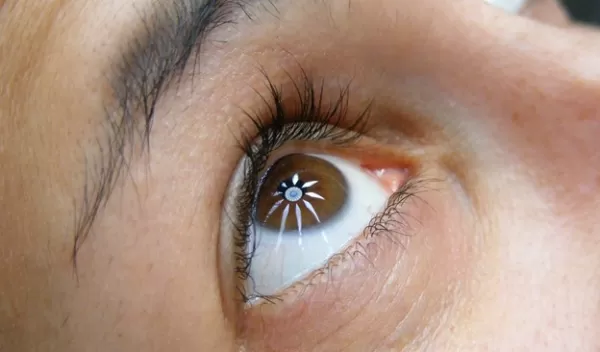
Computer model fosters potential improvements to 'bionic eye' technology
Millions of people face the loss of their eyesight from degenerative eye diseases. The genetic disorder retinitis pigmentosa alone affects 1 in 4,000 people worldwide.
Today, there is technology available to offer partial eyesight to people with that syndrome. Argus II, the world's first retinal prosthesis, reproduces some functions of a part of the eye essential to vision, allowing users to perceive movement and shapes.
The field of retinal prostheses is still in its infancy, but for hundreds of users around the globe, the "bionic eye" enriches the way they interact with the world on a daily basis. For instance, seeing outlines of objects enables them to move in unfamiliar environments with increased safety.
That is just the start. Researchers are seeking future improvements upon the technology, with an ambitious objective in mind.
"Our goal now is to develop systems that truly mimic the complexity of the retina," said Gianluca Lazzi, an electrical engineer at the University of Southern California.
He and his USC colleagues made progress with a pair of recent studies using an advanced computer model of what happens in the retina. Their model reproduces the shapes and positions of millions of nerve cells in the eye, as well as the physical and networking properties associated with them.
"Things that we couldn't even see before, we can now model," said Lazzi. "We can mimic the behavior of the neural systems, so we can truly understand why the neural system does what it does."
Focusing on models of nerve cells that transmit visual information from the eye to the brain, the researchers identified potential ways to increase clarity and grant color vision to future retinal prosthetic devices. Lazzi and his colleagues deployed the computer model in a study funded in part by the U.S. National Science Foundation and published in IEEE Transactions on Neural Systems and Rehabilitation Engineering.
